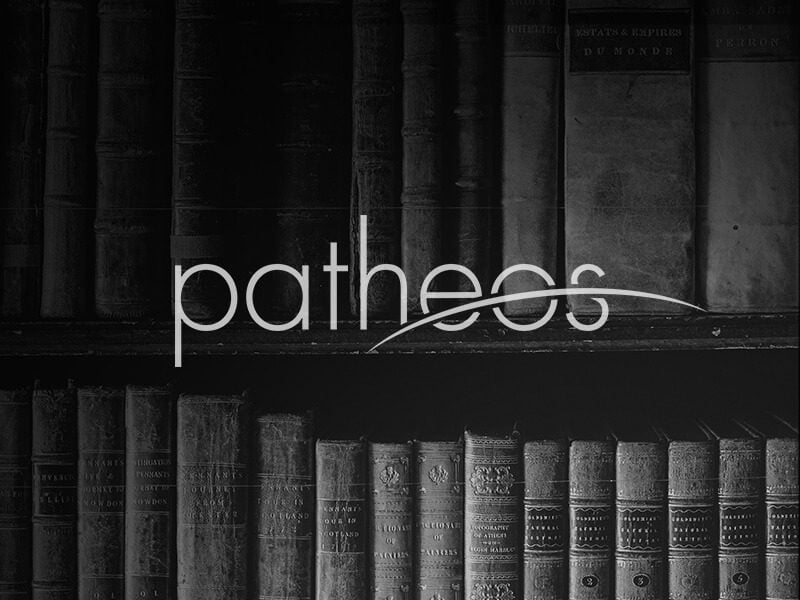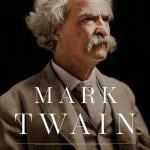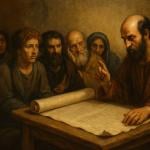GODSTUFF:
Priest finds stage life scripted in faith
Before I was a journalist, I was an actor.
Briefly, a semester or so ahead of my debut in the pages of the Wheaton College student newspaper, I became a member of its theater company, a group known simply as “Workout.”
The company performed in the Arena Theater, a simple black box that was transformed miraculously into (variously during my tenure) an enormous rope cage for “Does a Tiger Wear a Necktie?” a multilevel fairy tale land for “Into the Woods” and a post-apocalyptic wasteland for a production of “Rosencrantz and Guildenstern Are Dead.” Long since I walked its stage, that theater remains a sacred space for me. I was transformed inside its walls; touched by grace and the hand of God in a way I’ve rarely felt elsewhere.
What happened in Workout was wonderfully creative and deeply spiritual, no matter what material we were working with. I learned as much about faith and doubt, forgiveness and trust, holiness and wounded wholeness from a raucous production of “The Man Who Came to Dinner” as I did from a magical adaptation of Madeleine L’Engle’s novel A Wrinkle in Time.
I’ve been reminiscing about my short-lived acting career this week and remembering fondly my encounters with L’Engle, the Newbery Award-winning author who died last week in Connecticut at the age of 88.
L’Engle was a dear friend of our theater director, and I was blessed to have met her during one of her visits to Wheaton. I recall her elaborate amulets and silver talismans, her purple and red caftan, and the way she talked about art as an essential expression of faith.
L’Engle often revisited her own experiences in the theater in her books. One of my favorites and one of her most popular works for adults — The Two-Part Invention: The Story of a Marriage — chronicles her 40-year marriage to actor Hugh Franklin, whom she met when she landed an understudy role in a production of Anton Chekhov’s “The Cherry Orchard.” And next spring, L’Engle’s longtime publisher, Farrar Straus & Giroux, is set to release a never-before-published semi-autobiographical novel the author wrote in the 1940s about a 22-year-old woman who falls in love in the theater.
While I cannot quote from memory what Ms. L’Engle said during her visit to Wheaton, it can be summed up in her words on another occasion when she said, “Our truest responsibility to the irrationality of the world is to paint or sing or write, for only in such response do we find the truth.”
Eventually I had to make one of the more difficult decisions of my life — the theater or the newspaper. I chose the paper and a vocation that called me to pursue the truth in a different way. But I mourned the loss of life inside the theater.
Both are wonderfully collaborative processes (when done correctly). Producing a newspaper every day has a lot in common — emotionally and creatively — with putting on a play. Everyone has a different part to play, and none can be performed fully without the other.
Ideally at least, both acting and journalism are all about chasing, uncovering and presenting what’s true. Both vocations do that in community — be it a metro news staff or a dinner theater troupe.
Some of the similarities are vividly explored in a marvelous new book by one of my favorite priests, the Rev. James Martin, about his experience as a “theological dramaturge” for the Public Theater production of the play “The Last Days of Judas Iscariot” in New York two years ago.
Martin’s book, A Jesuit Off-Broadway, recounts the months he spent consulting on spiritual and biblical matters for the play written by Stephen Adly Guirgis, directed by Oscar winner Philip Seymour Hoffman, and featuring actor Sam Rockwell as Judas.
Martin, author of last year’s best-seller, My Life With the Saints, is also a journalist. A onetime Chicagoan, he is an editor at America magazine in New York. In A Jesuit Off-Broadway, he tenderly records the play’s creation process from 10 pages of dialogue to a heralded five-week sold-out run.
Far from being an outsider, the priest is quickly adopted into the sometimes hard-partying, profane and deeply spiritual ensemble of actors that included Eric Bogosian in the role of Satan.
Along the way, Martin discovered a loving camaraderie among the cast of “Judas” that most churches would envy and learned lessons about his faith and his Lord that he hadn’t anticipated. One of the most poignant comes in a conversation with Hoffman about his gentle method of directing.
“Sometimes you have to tell someone exactly what you want,” Hoffman says, “but you can’t dictate. You have to keep suggesting. Otherwise the person becomes a sort of empty shell, they end up performing in a way that’s not, well, spiritual.”
This reminds the priest of someone else.
“His approach mirrored the way Jesus preached,” Martin writes. “Much of Jesus’ preaching involves inviting his listeners to consider something new. … Or, to use [Hoffman’s] words, Jesus was always suggesting, in order that the decision to follow or not to follow was that person’s own decision.”
————————————————————————-
HERE’S FATHER JIM ON LAST NIGHT’S COLBERT REPORT:















